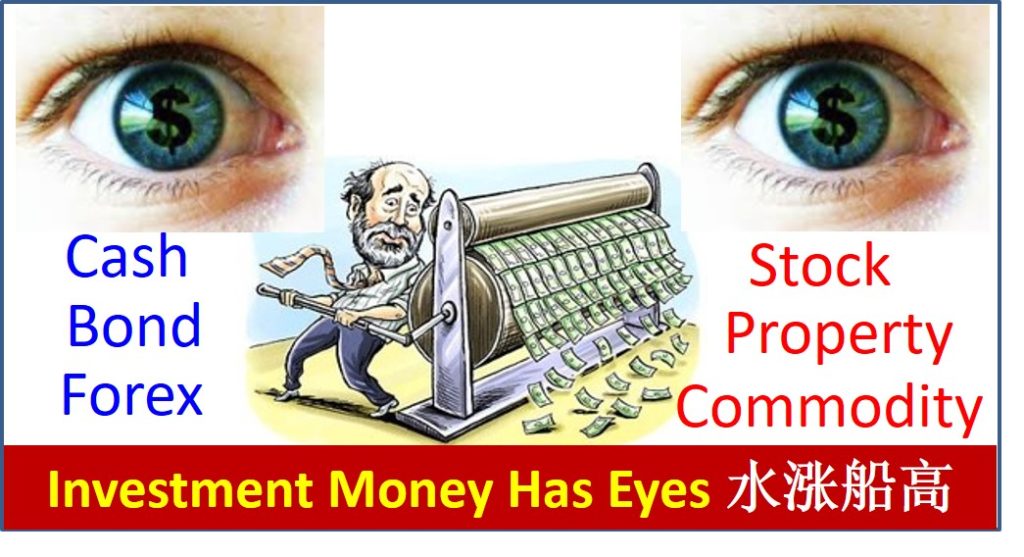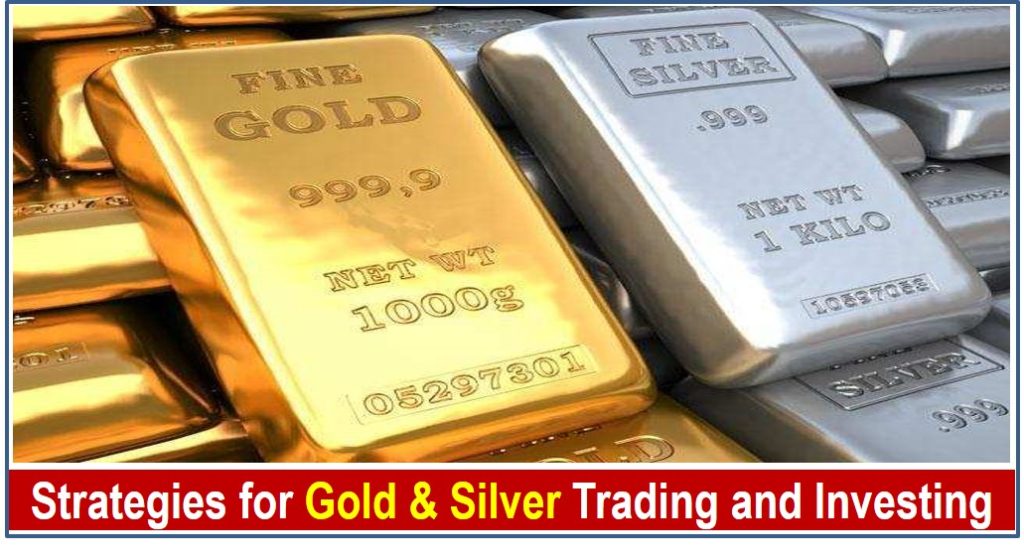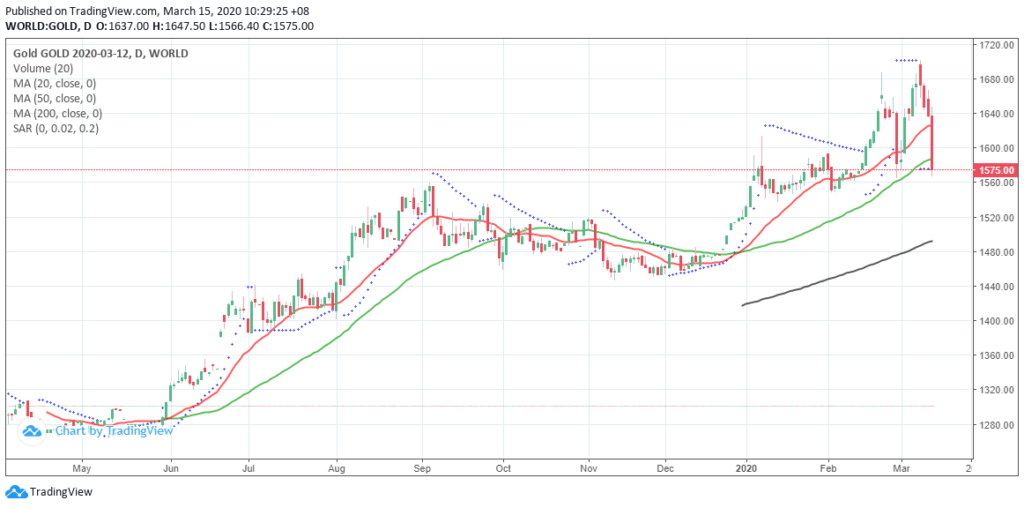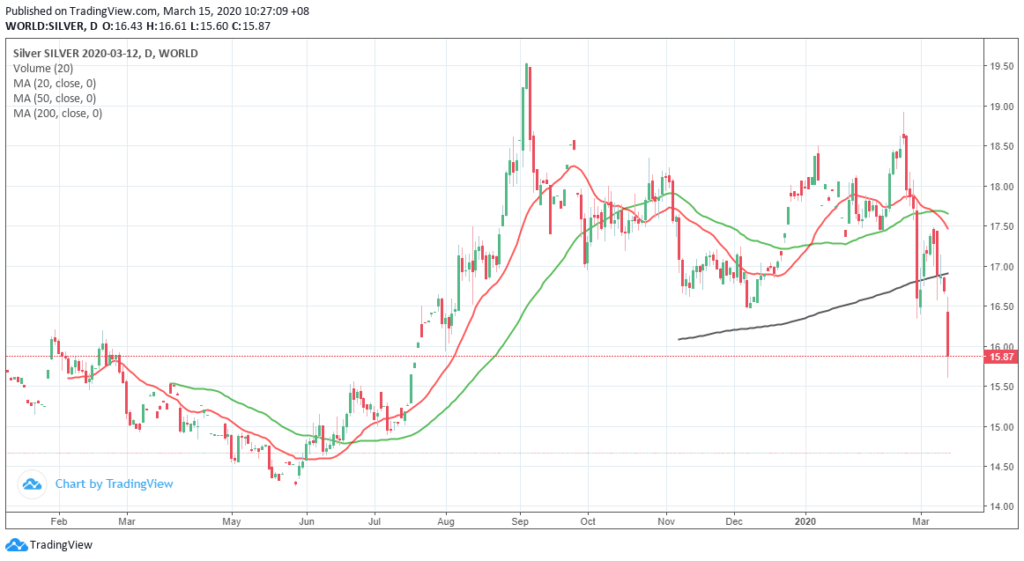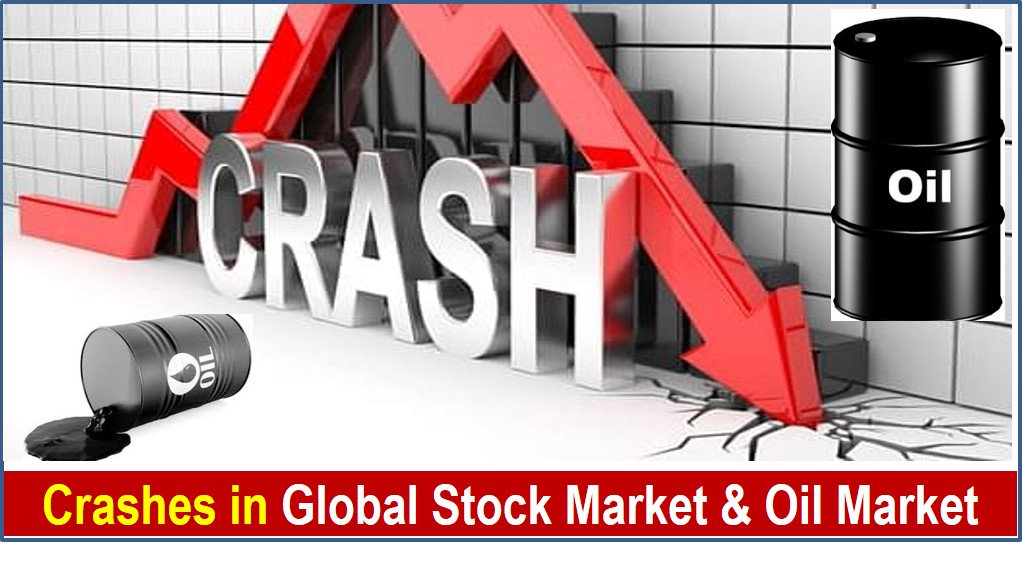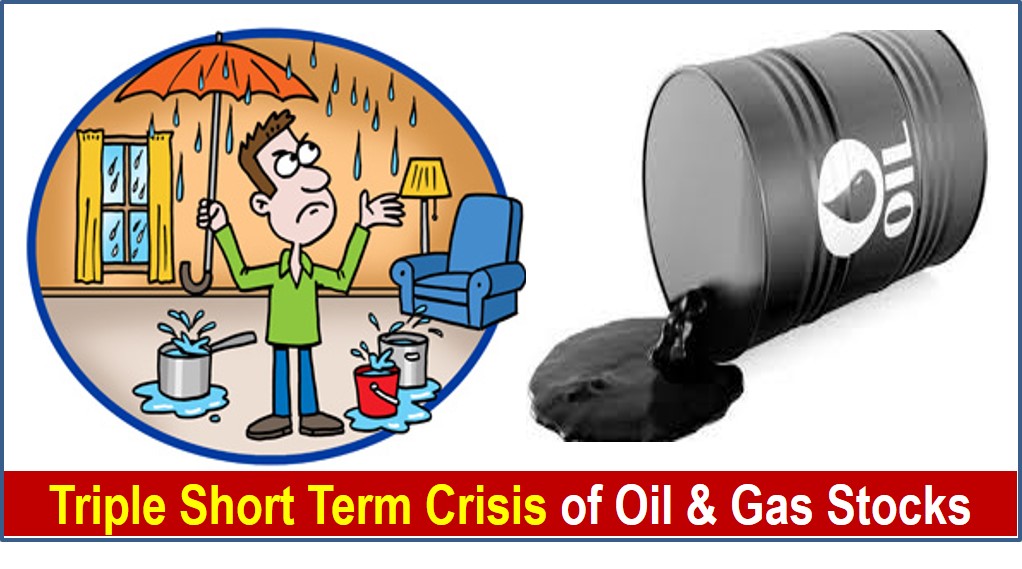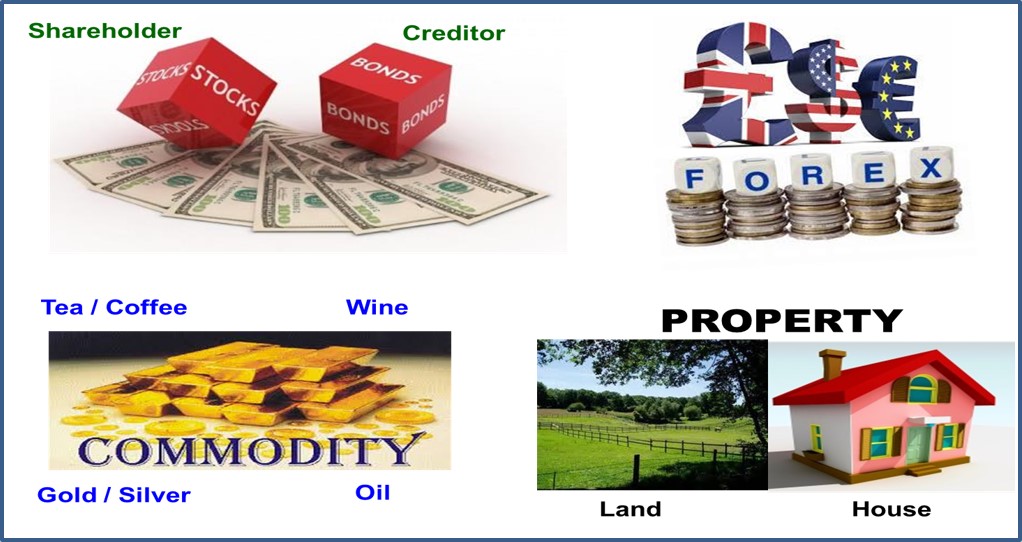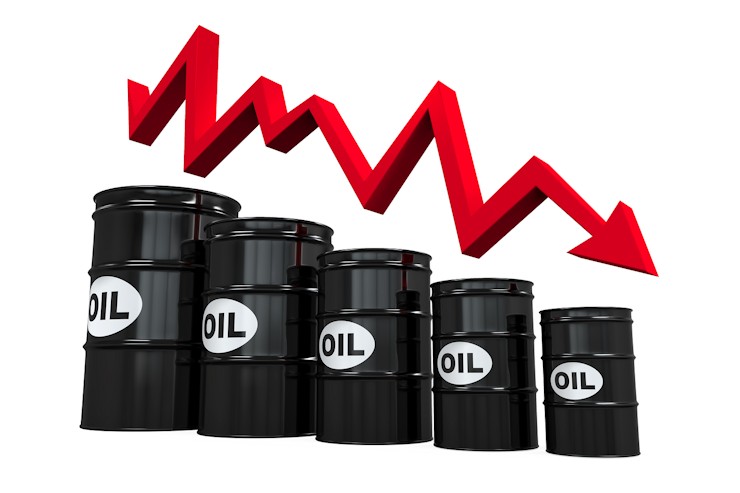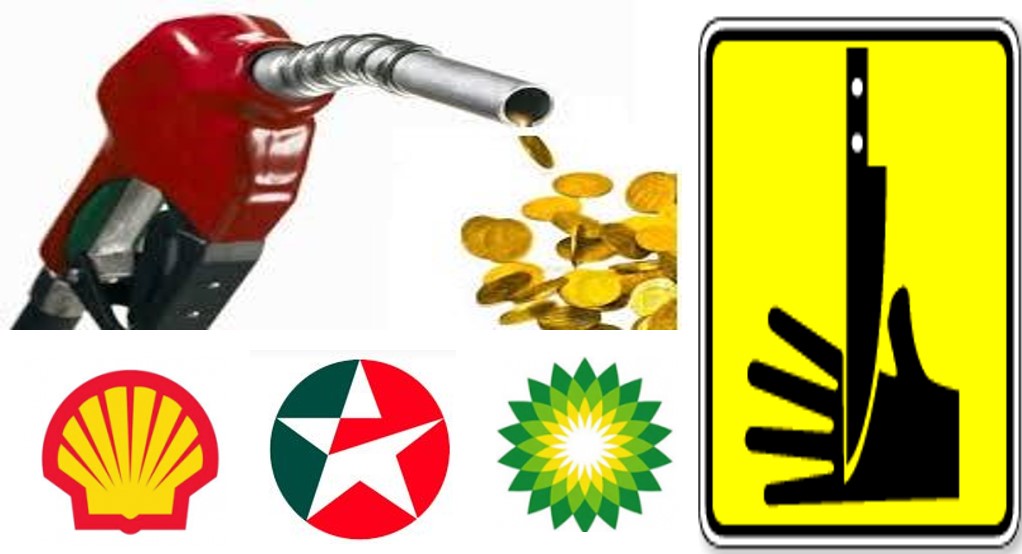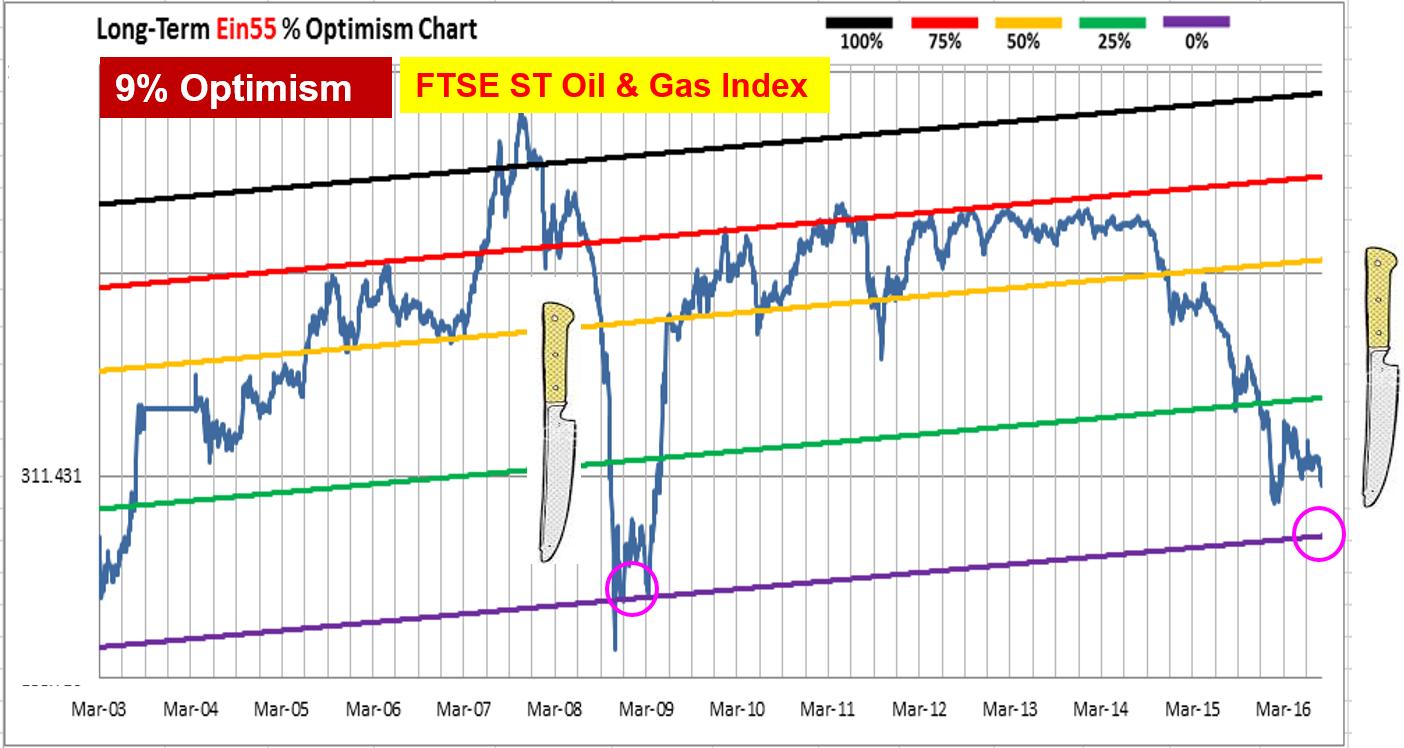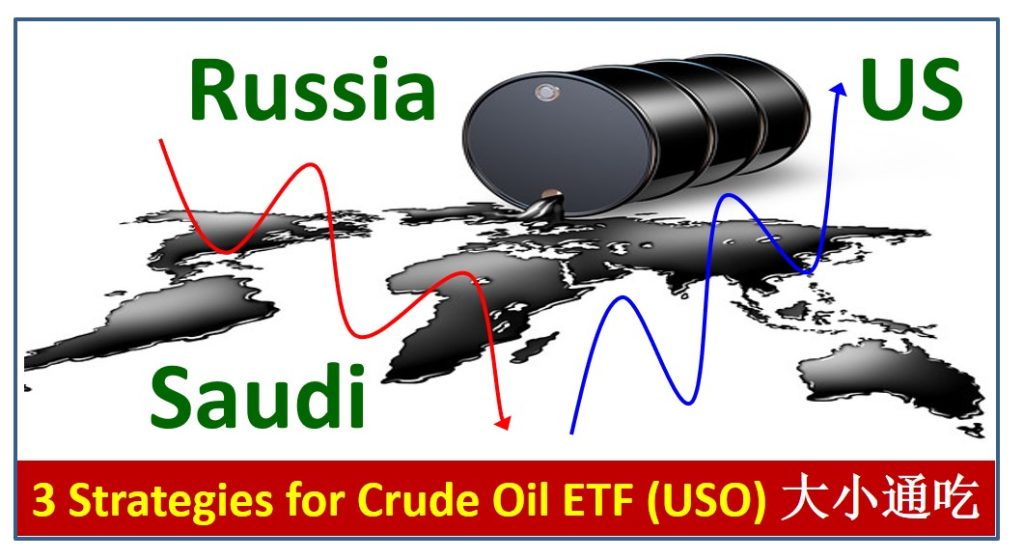
When WTI crude oil falls below US$20/barrel during current Crude oil price war (between OPEC and non-OPEC), price is cheaper than mineral water (same volume) for some countries, it is attractive to buy USO (WTI oil etf) for long term, I am not surprised if Jim Rogers (long term commodity lover) may be accumulating when crude oil prices are at low optimism.
OPEC (Saudi, etc) and Non-OPEC (Russia, etc) could not sustain for long term (over a few years) with WTI < U$20, despite low production cost (about US$5/barrel for Saudi, about US$20/barrel for Russia) as national expenses of oil produces countries are also high, money from crude oil is main source of national revenue.
One may leverage on crude oil crisis, either investor or trader could benefit if aligned with own personality. WTI and Brent crude oil prices correlate well, differences are about a few dollars per barrel of oil prices. When Brent is below US$25/barrel, WTI would be near to US$20/barrel, so either price may be used for analysis, then easy to take action through USO (WTI oil ETF).
Here are 3 main strategies to invest in USO crude oil ETF:
1) Long term investors
1.1) Contrarian investors
This is suitable only if one could hold more than 3 years, use low optimism and strong holding power on a commodity giant (oil won’t drop to $0, similar to property or land, also a giant by default). Risk management includes diversification (not just invest in crude oil) with position sizing and progressive entries (eg. 10 times x 10%).
Assuming $20/barrel is the first target (use either WTI or Brent for analysis, be consistent), trigger the first buy, then when drop to $15, $10, $5, $1 (similar to car COE drops to $1, assuming something nearly impossible happens), trigger possible more entries until extreme low optimism (no one would know the lowest point but likely not $0).
Saudi and Russia are pressing the oil price down but US & China and global giant funds, may standby to buy low as national reserves. Crude oil in the world is limited in supply, therefore it has its intrinsic value, especially world needs crude oil for energy (more demand when Coronavirus crisis is over).
1.2) Trend-following (short term traders / long term Investors)
After reaching lowest point one day (only history could tell), crude oil would start to recover. The same group of investors may use the remaining capital to add more positions (still low optimism). Traders who long would also join at this phase for short term trading
Since the market trend now is bearish, trend-following investors or investors who long the market would choose “Wait” action.
2) Short term traders (shorting)
This is suitable for short term trading, aligning with current bearish trend, aiming for every major support, eg $20, $15, $10, $5, etc (these levels are just for examples)… whenever breaking below, shorting would be initiated. Traders protected by position size and cutloss (risk could be high for leveraged trade in a volatile market). S&P 500 trend over the past 1 month of falling 30% following by over 10% of weekly gain is a good example of intense fight between bull and bear.
So, one could “Buy” (contrarian investors), one could “Wait” (trend-following investor or traders who long), one could “Short” (short term traders), all 3 actions are correct if aligned with own personality. If one follows others to take action, then all 3 actions could be wrong.
Since crude oil is a giant, crisis in price is an excellent opportunity to invest with at least 3 strategies. Learn from Dr Tee 4hr Free investment course on how to take actions in crude oil and global giant stocks.
Register Here: www.ein55.com
You are invited to join Dr Tee private investment forum (educational platform, no commercial is allowed) to learn more investment knowledge, interacting with over 8000 members:
https://www.facebook.com/groups/ein55forum/

